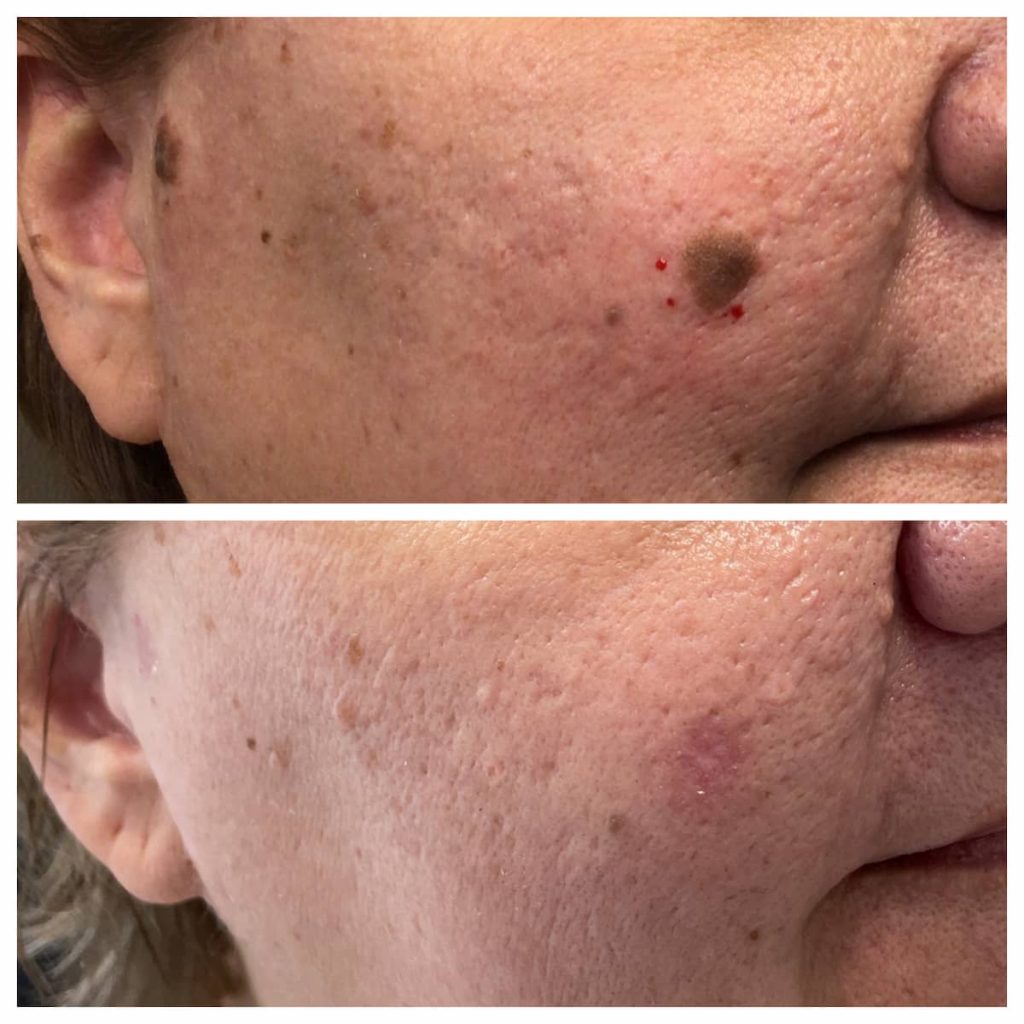How To Remove Seborrheic Keratosis
Seborrheic keratosis is a common, non-cancerous skin growth that typically appears as a brown, black, or tan growth on the face, chest, shoulders, or back. While seborrheic keratosis is harmless and does not require treatment, many individuals choose to remove them for cosmetic reasons. If you're looking for ways to remove seborrheic keratosis, there are several options available, ranging from home remedies to medical procedures.
It's important to note that before attempting to remove seborrheic keratosis, it's best to consult with a dermatologist to rule out any potential risks and to determine the most suitable treatment option for your specific case.
What are the common home remedies for removing seborrheic keratosis?
Many individuals opt for home remedies to remove seborrheic keratosis. Some of the common home remedies include:
Apple Cider Vinegar
Apple cider vinegar is a popular home remedy for various skin conditions, including seborrheic keratosis. It is believed that the acidic nature of apple cider vinegar helps to dissolve the keratin in the growth, causing it to eventually fall off.
Hydrogen Peroxide
Hydrogen peroxide is another home remedy that is commonly used to remove seborrheic keratosis. It is applied directly to the growth and may help to gradually fade and reduce the appearance of the keratosis.
What over-the-counter treatments are available for removing seborrheic keratosis?
There are several over-the-counter treatments that are designed to remove seborrheic keratosis. These treatments typically come in the form of creams, gels, or lotions that are applied directly to the affected area. Some common over-the-counter treatments include:
Cryotherapy
Cryotherapy involves the use of liquid nitrogen to freeze the seborrheic keratosis growth, causing it to eventually fall off. This treatment is typically performed by a dermatologist and may require multiple sessions for optimal results.
Electrosurgery
Electrosurgery is a medical procedure that involves the use of an electric current to remove the seborrheic keratosis growth. This treatment is typically performed by a dermatologist and may result in minimal scarring.
What are the potential risks of removing seborrheic keratosis?
While removing seborrheic keratosis is generally considered safe, there are potential risks and side effects to be aware of. Some of the potential risks include:
Scarring
Some removal methods, such as electrosurgery, may result in scarring, especially if the growth is large or located in a sensitive area.
Skin Discoloration
Some individuals may experience skin discoloration in the area where the seborrheic keratosis was removed, although this is usually temporary.
What should I consider before choosing a treatment option for removing seborrheic keratosis?
Before choosing a treatment option for removing seborrheic keratosis, it's important to consider the following factors:
- The size and location of the growth
- Your skin type and sensitivity
- Your medical history and any underlying health conditions
- Your budget and insurance coverage
By taking these factors into consideration and consulting with a dermatologist, you can make an informed decision about the most suitable treatment option for removing seborrheic keratosis.
In conclusion, while seborrheic keratosis is generally harmless, many individuals choose to remove them for cosmetic reasons. Whether you opt for home remedies, over-the-counter treatments, or medical procedures, it's important to consult with a dermatologist to ensure the safest and most effective approach for removing seborrheic keratosis.

Eskata Live Demonstration to remove a Seborrheic Keratosis YouTube

Seborrheic Keratosis Removal YouTube

Seborrheic Keratosis Removal Before and After St. Louis Dermatology